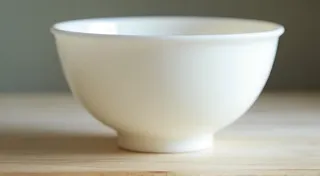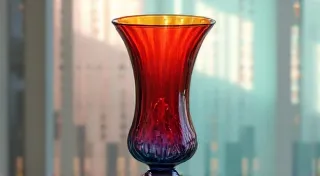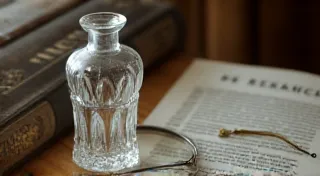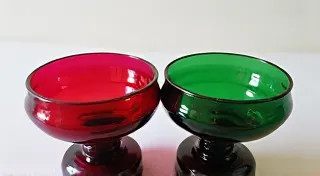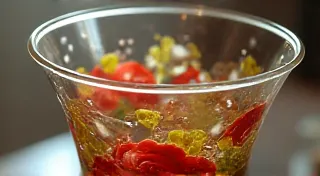The Collector's Guide to Black Glass
Black glass, also known as jet glass or mourning glass, holds a fascinating and often overlooked place in the history of antique glassware. While not as ubiquitous as cut crystal or pressed floral patterns, its unique appearance and historical significance make it a desirable find for serious collectors. This guide will explore the history, types, and considerations for collecting antique black glass.
A History Shrouded in Darkness
The earliest known examples of black glass date back to the Roman era, though these were often recreations of gemstones and were relatively rare. However, its resurgence in popularity came during the Victorian era (1837-1901). This period was marked by a fascination with mourning rituals and remembrance of the deceased. Black glass became intimately linked with mourning jewelry, particularly jet beads, and household items, symbolizing grief and loss. The color was considered a suitable substitute for the expensive jet stone, a fossilized wood used in mourning jewelry. The Victorian era fostered an appreciation for elaborate design and craftsmanship, which is wonderfully reflected in the glassware of the time. Distinguishing between different types of glassware, such as cut glass versus pressed glass can offer a greater understanding of the nuances of antique glassware production.
Production of black glass wasn't straightforward. It wasn't naturally black; it achieved its color through the addition of metallic oxides – typically iron sulfide - during the glassmaking process. The specific manufacturing techniques and the concentration of these additives varied depending on the glasshouse and the desired intensity of the black. The process was notoriously tricky, leading to bubbles and imperfections in some pieces, which are often part of the charm for collectors. These imperfections offer a tangible link to the era of handmade craftsmanship, contrasting sharply with the consistency of modern mass-produced items.
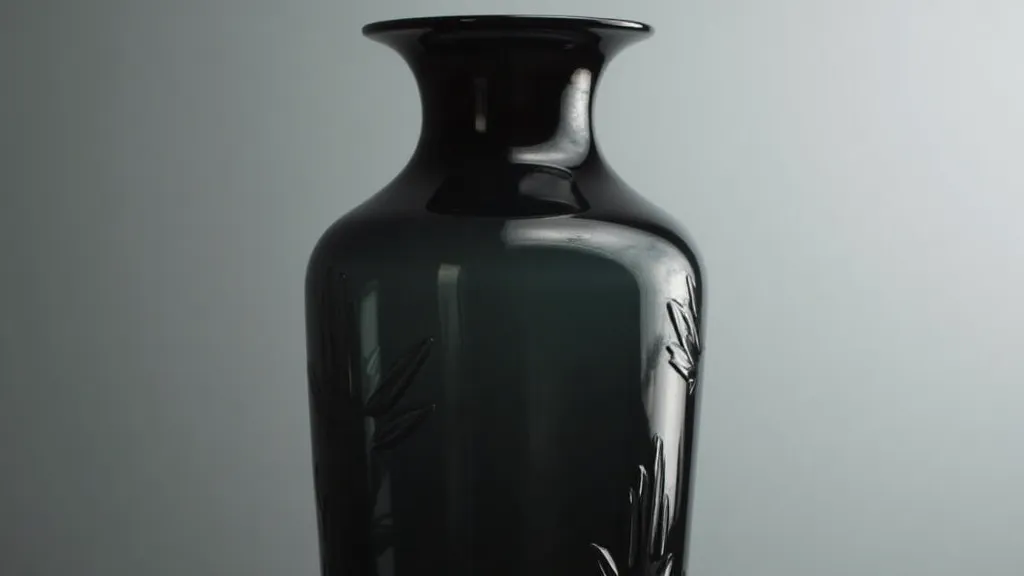
Types of Antique Black Glass
Black glass wasn't just confined to a single form. You'll find it in a surprisingly diverse range of objects:
- Tableware: Goblets, tumblers, plates, and bowls were all produced in black glass, often matching sets for formal dining.
- Decorative Objects: Vases, ornaments, and figurines were popular items, often highly embellished with cutting or applied decoration.
- Mourning Jewelry: While less common than jet, black glass beads and closures were used in mourning necklaces and bracelets.
- Novelties: Smaller novelty items like animals or children were also created, though these are relatively rare.
It's important to note the quality of the glass varied. Some pieces were expertly crafted, with beautiful cutting and polished surfaces. Others were more crudely made, often with visible imperfections – a common characteristic of the era. The visual appeal of antique glassware extends far beyond functionality; collectors are drawn to the intricate details and the artistry involved. The careful study of antique glass often involves deciphering patterns and markings, an ability that's key to identifying provenance and value. For collectors interested in developing their expertise, resources like “The Art of Pattern Recognition: Tips for Identifying Glassware” can be invaluable.
Identifying Key Features & Glass Identification
Distinguishing antique black glass from modern reproductions or other dark-colored glass can be challenging. Here are some clues:
- Age-Related Characteristics: Look for bubbles, slight imperfections, and a slightly hazy appearance. Newer black glass often appears too perfect.
- Weight & Feel: Antique glass often has a different feel than modern glass, feeling heavier and more substantial.
- Cutting Patterns: Examine the cutting. Victorian-era black glass often features geometric patterns (diamonds, crosshatching) or stylized floral motifs.
- Mold Marks: Pressed glass, common in the Victorian era, will have visible mold marks.
- Pontil Mark: Look for a pontil mark – a small, rough spot where the glass was attached to the pontil rod during manufacturing. This is a signature of handmade glass.
Beyond the visual clues, understanding the broader context of glass production during the Victorian era and beyond is key. Different manufacturers had distinct styles and techniques, and researching these nuances can aid in accurate identification. The pursuit of accurate identification often involves piecing together fragments of information, much like an archaeologist uncovering a lost civilization. It’s a process that highlights the interconnectedness of art, history, and technology. The stories held within these artifacts are profound and contribute to a deeper appreciation for the skill and artistry involved. Understanding how color plays a role in value is also important; researching "The Role of Color in Antique Glassware Value" can give collectors a significant edge.”
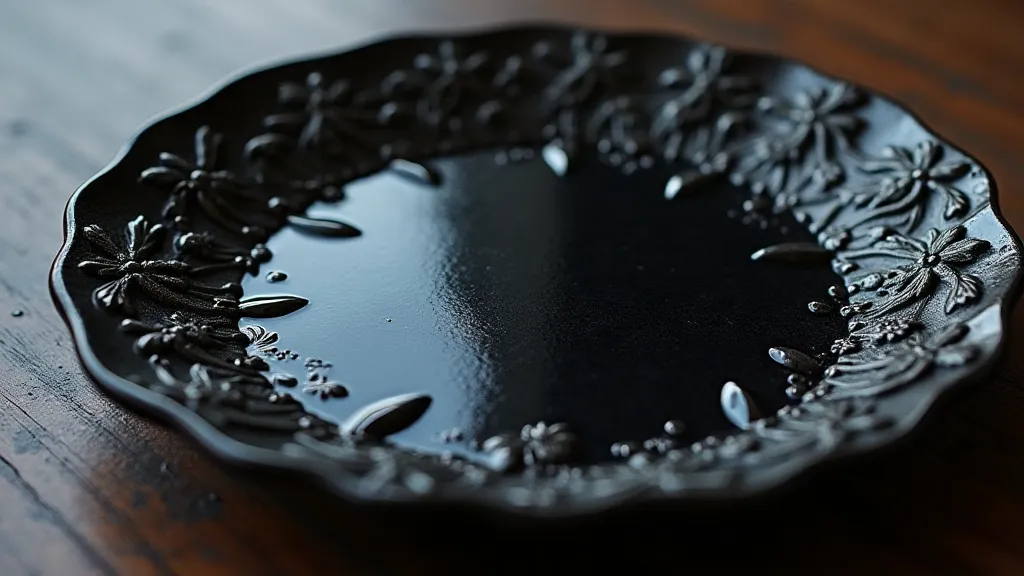
Consider the subtle nuances in coloration; a slight variation in hue can signify a different batch of materials or a unique firing technique. It’s a world of minute details, each holding a clue to the glass’s history. The ability to discern these differences can elevate a collector from novice to expert. Tracing family histories through glassware markings is another fascinating aspect of collecting, and exploring articles like "Fractured Constellations: Tracing Family Histories Through Glassware Markings” can provide valuable insights.”
Collecting Considerations
When collecting antique black glass, consider the following:
- Condition: As with any antique, condition is paramount. Chips, cracks, and excessive scratching will significantly impact value.
- Rarity: Certain forms and patterns are rarer than others. Complete sets of tableware are particularly desirable.
- Provenance: If possible, research the history of the piece. Knowing its origins can add to its appeal and value.
- Authenticity: Be wary of reproductions. Thorough research and comparison with known examples are essential.
- Price: Prices vary widely depending on the piece’s rarity, condition, and desirability.
The value of antique black glass extends beyond its material worth. It represents a tangible connection to the past, allowing us to glimpse into the customs, aesthetics, and technological advancements of previous generations. Careful examination of the piece can reveal clues about its origin, manufacturing process, and original purpose. The world of antique glass collecting is rich with specialized knowledge, and many collectors focus on specific patterns or manufacturers. Understanding the intricacies of different glass houses, such as Mosser Glass, can be a rewarding path for dedicated enthusiasts.
Beyond the standard considerations of condition and rarity, the story behind a piece can significantly influence its value. Was it part of a grand estate? Does it bear a unique marking that suggests a special commission? These details add layers of intrigue and elevate the piece beyond a mere object of beauty.
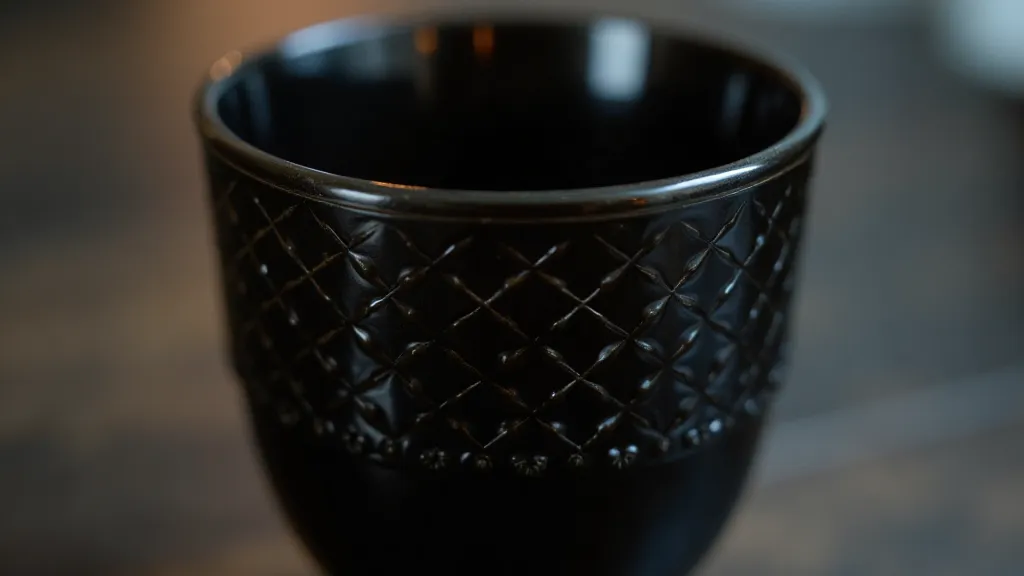
The allure of antique black glass lies not only in its somber beauty but also in the stories it holds. Each piece is a testament to human ingenuity, artistic expression, and the enduring power of remembrance. The evolution of glassmaking itself is a captivating narrative, with each era contributing unique characteristics and techniques that distinguish one piece from another. The intricacies of the industry and its connection to cultural practices provide ample opportunity for rewarding exploration.
For the dedicated collector, the journey doesn't end with acquisition. It continues with research, preservation, and sharing knowledge with others. Building a collection of antique black glass is not merely about owning beautiful objects; it's about safeguarding a piece of history and contributing to its ongoing appreciation. It’s a labor of love, driven by a deep respect for the craftsmanship of the past and a desire to connect with the stories embedded within each piece.
Ultimately, collecting antique black glass is more than a hobby; it's a passionate pursuit that combines historical appreciation, artistic appreciation, and a desire to preserve a piece of the past. The journey of discovery offers a unique window into a bygone era, revealing the beauty and significance of a often-overlooked form of antique glassware. It's a journey that encourages curiosity, cultivates expertise, and fosters a profound connection to the human experience.
